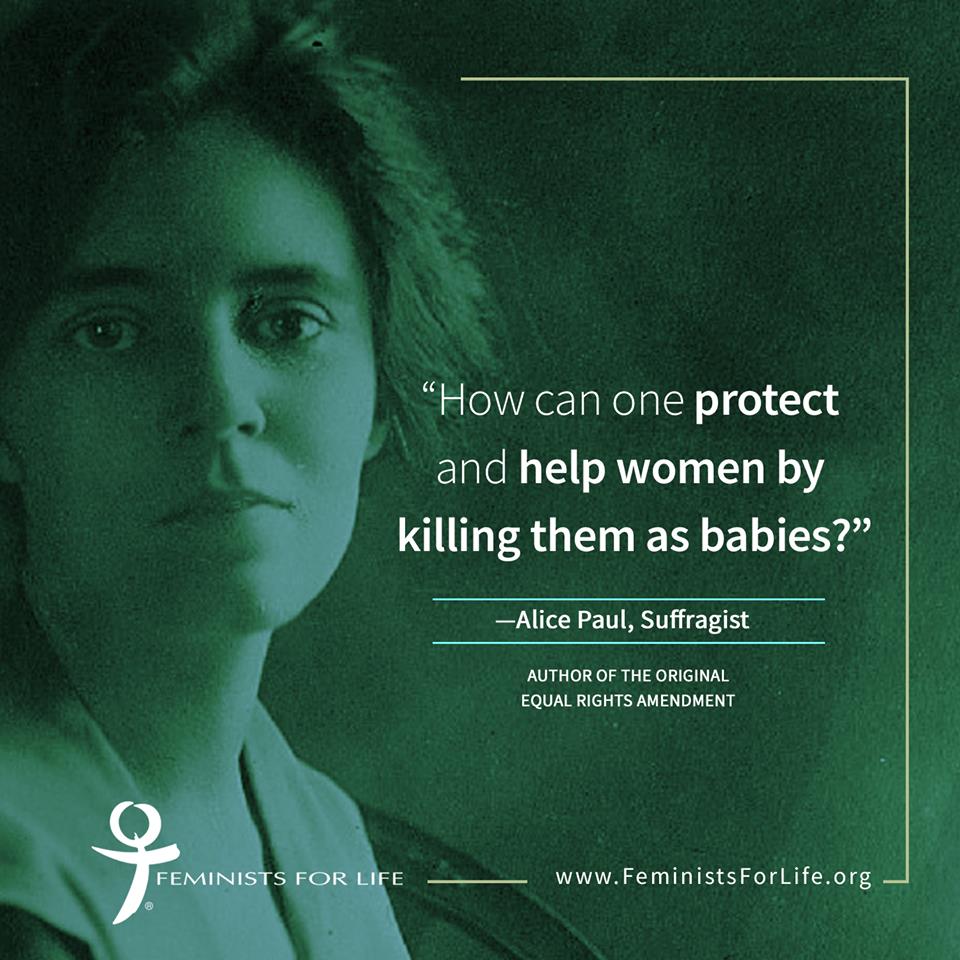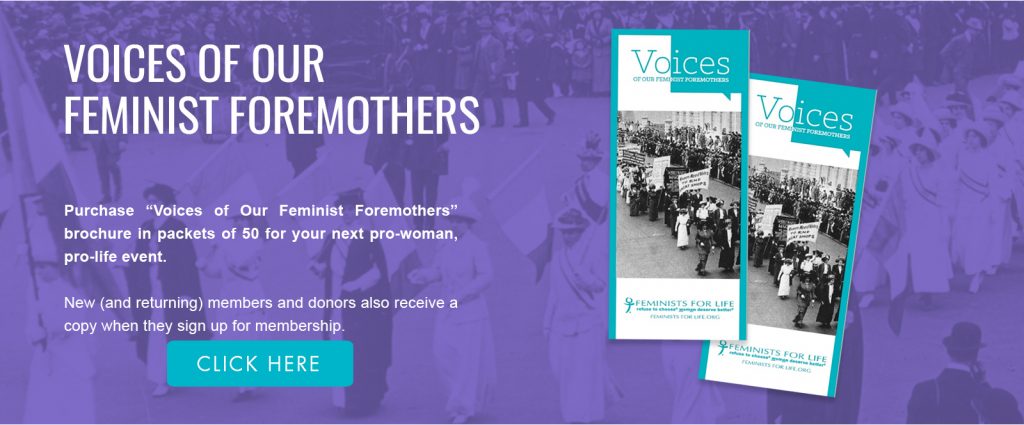
GROWING UP IN A FAMILY steeped in Quaker tradition, Alice Paul lived and breathed its tenets. This included the “first principle,” that there should be equality of the sexes. According to Paul, “it wasn’t a subject for discussion … there were many things in which the world hadn’t come along, and this was one that had to come along sometime.” Thus, it was an emotionally stunning, life-influencing experience when 22-year-old Alice Paul, attending a Quaker training school for theology and public service in England, witnessed students shouting down Christabel Pankhurst as she expressed pro-equality, pro-suffrage views. With an application form and 25 cents, Paul joined the Women’s Social and Political Union (WSPU) in London and began her lifelong mission of equality for women. As a new WSPU recruit, she sold its paper, Votes for Women, in the streets, participated in hunger strikes and began to deliver public speeches (for which she would later be known). She was sometimes arrested for speaking publicly and endured solitary confinement.
Upon her return to the U.S. in January 1910, Paul continued her work for women’s suffrage. She again spoke on street corners and organized events in Philadelphia’s Independence Square, filling the square to capacity.
By that time Alice Paul had already earned a master’s in sociology with minors in political science and economics. In 1912, after finishing her doctoral thesis, “Toward Equality,” she was asked by social activist Jane Addams to be the congressional chairman of the National American Woman Suffrage Association (NAWSA) and establish a Washington, D.C., headquarters.
Paul worked tirelessly for women’s suffrage in D.C. She wrote monthly editorials for The Suffragist, initiated a “suffrage school” to train activists on law and public speaking, organized an “advisory council” of writers, physicians and well-known women, and met with President Woodrow Wilson to encourage support for women’s suffrage.
She also used large-scale campaigns to pressure the federal government. Paul stunned the public by organizing massive demonstrations, including a suffrage parade of 1,000 women at Wilson’s inauguration in 1913.
When Congress opened later that year, Paul had one woman from every congressional district in the United States present with a petition in hand. The following month, 531 women from various states presented resolutions that were introduced on the floor of both the U.S. House and Senate, marking the first time suffrage had been up for debate on the House floor.
In 1914, she began “holding the party in power responsible”—advocating that women in states who had the vote now had the obligation to enfranchise the rest of the women in the country by voting against the current anti-suffrage administration. One year later, Paul initiated a plan to organize in each suffrage state—thus beginning the National Woman’s Party. Paul gained more publicity during Wilson’s speech to Congress in 1917. When he touted his work for suffrage for Filipino men, a long banner was unfurled from the gallery that addressed the need for suffrage at home.
She advocated nonviolent civil disobedience as a nationwide political strategy, and is believed to be the first person in the United States to do so successfully. While picketing the White House in 1917, more than 500 women were arrested and 168 served prison terms. Some were held in mental hospitals. Paul was one who went on a hunger strike.
Finally, six years after Paul arrived in Washington, Congress passed the 19th Amendment, guaranteeing women the right to vote. It was ratified by the states on Aug. 28, 1920. Alice Paul considered it “the most useful thing I ever did.”
She continued her efforts for women’s rights, authoring the Equal Rights Amendment and pushing for gender-equality statements in both the United Nations Charter and in the 1964 Civil Rights Act.
But she became frustrated with the direction of the women’s movement. “We had been trying, as you know, to get our Equal Rights plank in, and we had an extremely difficult time, extremely difficult, because all the women’s liberation wanting to put in all these other things.” Alice Paul opposed the later trend of linking the ERA with abortion. She said, “Abortion is the ultimate in the exploitation of women.”
Lisa M. Bellecci-st. romain is an FFL member, author of three books and a public high school social worker who teaches psychology at the high school and college levels.






